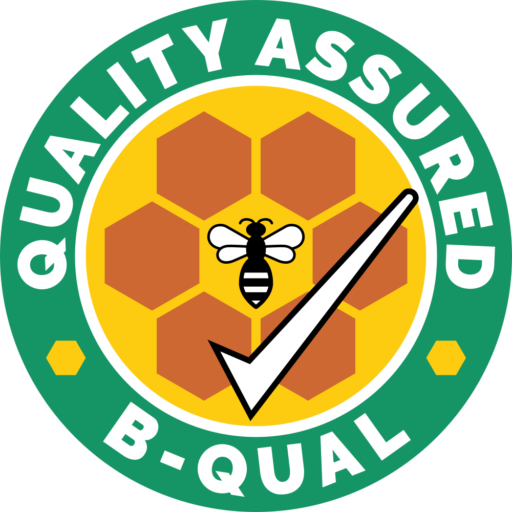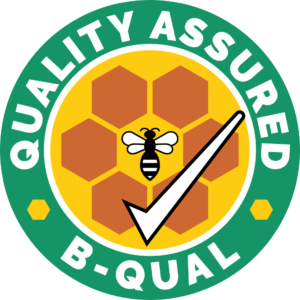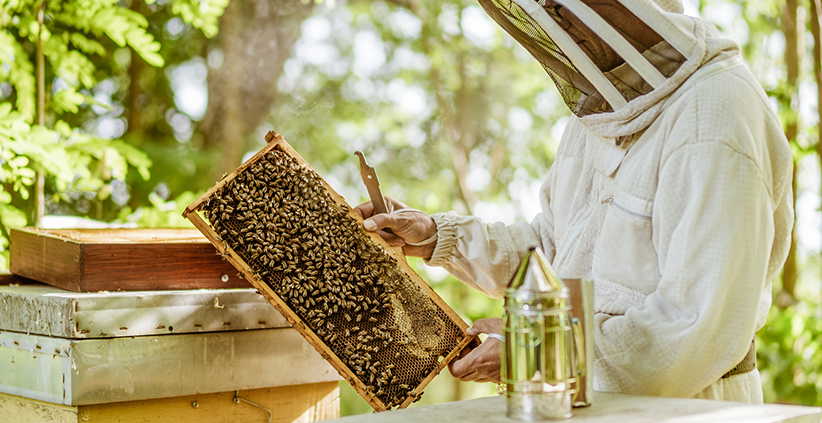Spring Inspections: What to Look for in Your Hives
A Season of Opportunity
Spring in Australia brings new life, warmer weather, and a fresh burst of activity in the apiary. After the quieter winter months, colonies begin to expand rapidly, foraging increases, and the queen ramps up her egg-laying. This is the perfect time for beekeepers to conduct thorough spring inspections. Done right, these inspections set the stage for a productive honey flow and a healthy season ahead.
Check Colony Strength
One of the first things to assess is the overall strength of the colony. Look for a strong population covering most of the frames in the brood box. Bees should appear active and healthy, with no signs of lethargy or disease. A robust workforce now will help ensure successful nectar collection and brood rearing as the season progresses.
Assess the Queen’s Performance
The queen’s laying pattern tells you a great deal about colony health. Ideally, the brood should be consistent, with few empty cells in the middle of the brood pattern. Spotty or irregular patterns may indicate an ageing or failing queen, and replacing her early in the season can prevent population drops later on.
Look for Pests and Diseases
Spring inspections are a prime opportunity to spot early signs of trouble. Check for pests such as small hive beetles or wax moths, and be alert to any symptoms of brood diseases. Early intervention can prevent minor issues from turning into major threats during peak honey flow.
Evaluate Food Stores
Even though flowers are blooming, it’s essential to make sure the hive has sufficient nectar and pollen stores. A sudden change in weather or forage availability can leave colonies short on resources. Supplemental feeding may be necessary if stores are low.
Prepare for Swarm Season
With increased activity comes the risk of swarming. Look for queen cells and signs of overcrowding. Adding supers or splitting the colony can reduce swarming tendencies and help keep your hive population stable.
Conclusion
Spring inspections are more than just a routine check — they’re a chance to set your hives up for success. By paying close attention to colony strength, queen performance, pest control, food availability, and swarming risks, beekeepers in Australia can ensure their colonies are ready for a productive and healthy season.
– Become BQUAL certified –

Proudly display the B-QUAL logo and demonstrate your enterprise is operating in accordance with the industry requirements and expectations of consumers, markets, regulatory authorities and the wider community, in relation to the key issues of food safety and industry best practices.



